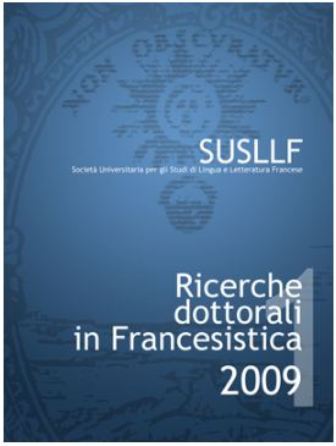Nana 3D ou de l’influence du dispositif photo-stéréoscopique
Abstract
The textual investigation of Andrea Schincariol begins with the following statement: rather often, at the end of French nineteenth century, popular photography and the literary movement known as Naturalism were confined within the borders of a same definition; the two activities were considered as pornographic products. Because of economic and technical reasons, and because of its latent proneness to voyeurism, photography, and more precisely photography in its stereoscopic version, tended to blur the frontiers between what was considered as licit and what was considered as illicit. In this article, the author proposes the study of a famous scene from Nana, a novel by Émile Zola, published in 1880 and considered by the critics as an obscene text. Schincariol tracks the traces left by the photostereoscopic device, stealthy working “behind the scenes” of the novel. At the same time, by focusing his attention on the position and role of the reader within the textual machine, he recalls into question Roland Barthes's famous concept of “effet de réel”.


